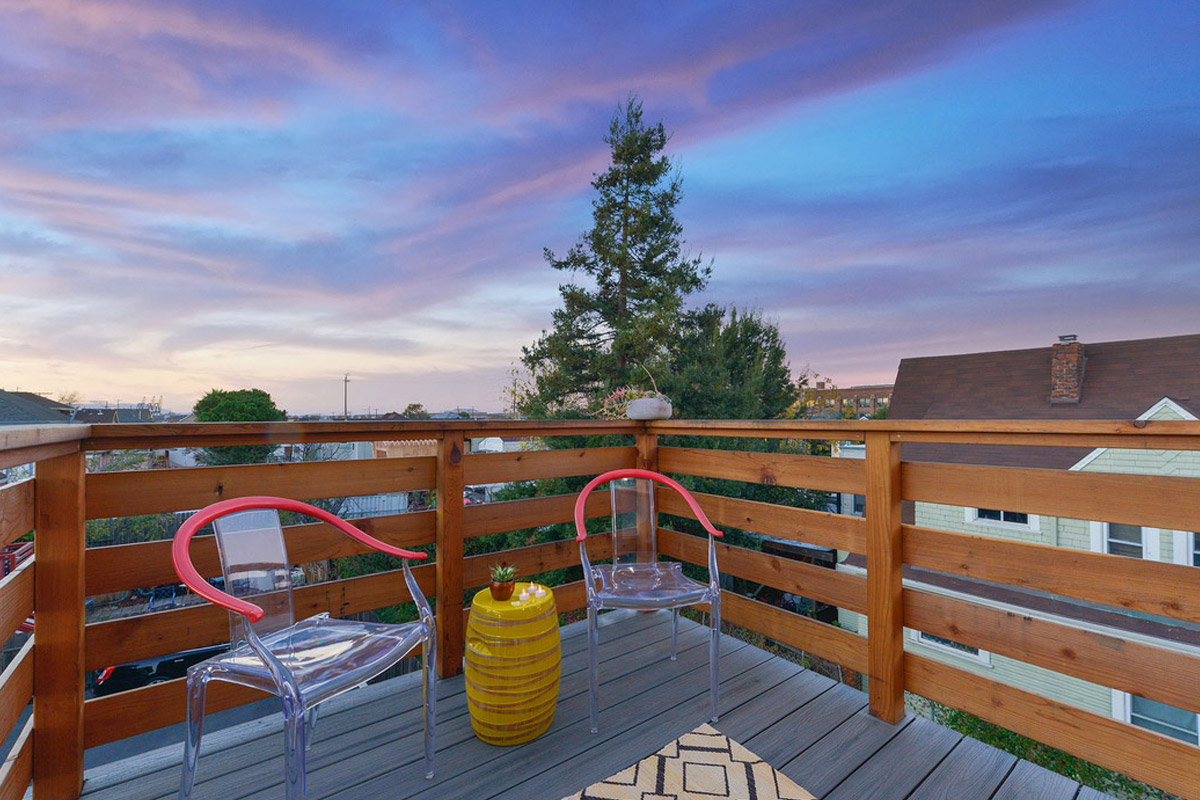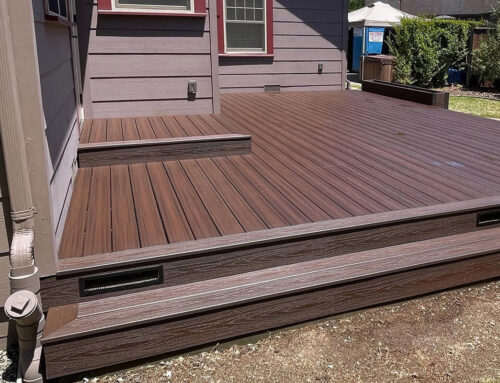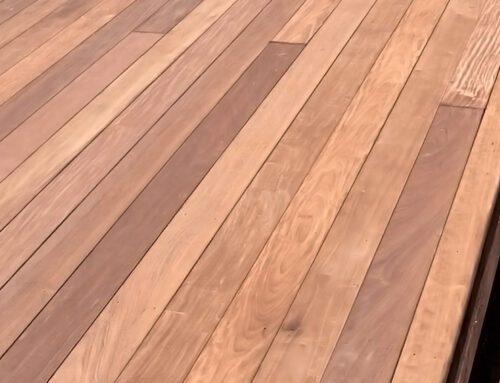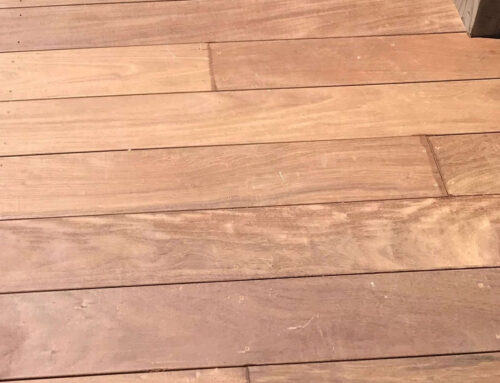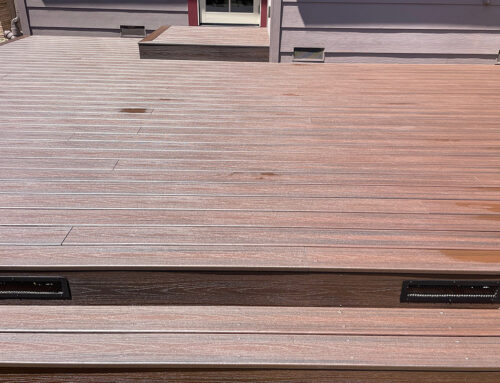When you have a significant risk of fires or wildfires, you may worry about your deck going up in flames. There is Class A fire-rated decking available that can resist fire as well as any decking material. The National Fire Protection Association rates materials on how flame spreads across them and how much smoke they produce. Class A has the least smoke and a slower rate of flame spread than Class B and C materials.
How is Wood Rated?
Almost all wood products achieve the worst rating, a Class C rating. Wood is very flammable and ignites, spreads flame and produces smoke easily. That’s just the nature of the material. Woods with treatments may be slightly less flammable. Dense woods are also more challenging to light and may take longer to burn up when exposed to direct flame. However, they will still burn, and will generate more heat when they do, which is not good news for the further spread of the fire.
If you’d like to use a real wood that is as fire-resistant as possible, your best option is Ipe. This dense wood is the least likely to go up in flame or will take the longest to ignite. However, do keep in mind that it is not, as some claim, as good as concrete in repelling fire. Ipe is still wood.
What About Composite?
There are some composite decking materials that achieve a Class A fire-rating. Not all composite materials will automatically achieve this rating. Remember that composites include some wood or organic material in them. This material will fuel a fire when it is lit. It’s simply that the other materials the wood is mixed with can offer some protection from flame and slow the progress of the flame itself.
Those composite materials that do achieve a Class A rating are the least likely to fuel a fire outside of your home and hasten its spread to your structure. However, this rating is absolutely no guarantee that the fire will not get to your home. It just gives firefighters more time to arrive and start their work.
What Does Class A Mean?
Class A fire ratings roughly translate to a fire spread rating of 0-25. This standard for flame spread is laid out in ASTM E84. The spread in relation to the rating is as follows:
- Class A 0-25
- Class B 26-75
- Class C 76-200
Most wood is around 200 in flame spread.
Should You Get a Class A Fire-Rated Decking Product?
That really depends on your priorities. Many people have real wood decks and don’t stress over their flammability. If your neighbor’s house is on fire or there is a wildfire right next to your home, the odds are that your deck and your home are going to suffer fire damage. A Class A deck will help, but there are many other factors that determine whether your property will suffer serious damage.
If you can find a fire-rated decking material in a style you like and at a price point you can afford, then certainly buy it. We can help you source one.


